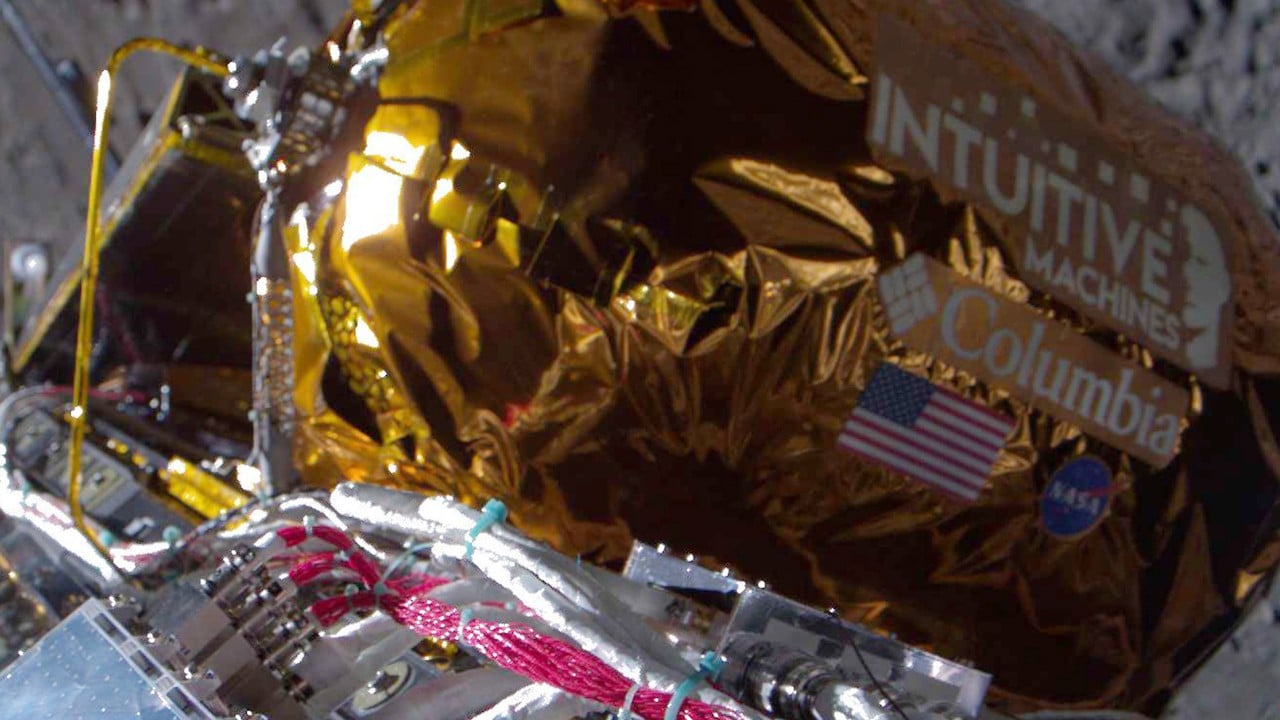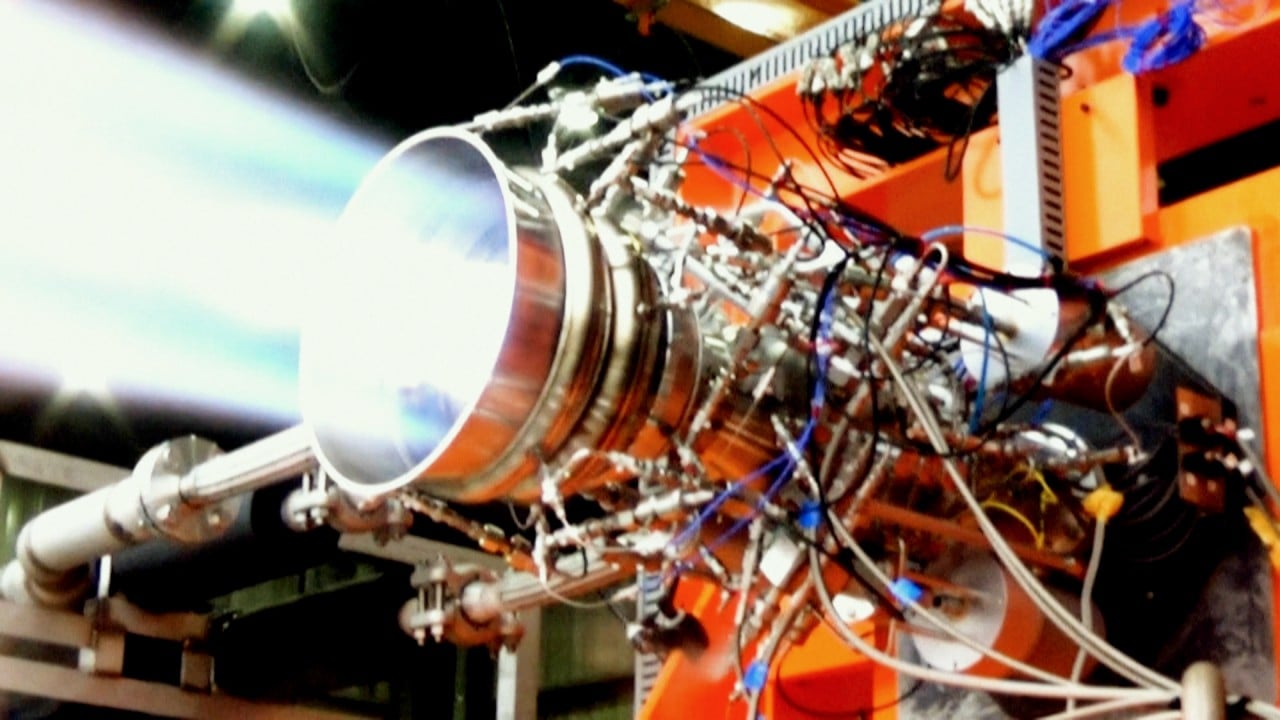
Advanced satellites, space station and historic moon mission: China’s rocket launches will increase 50% this year
- About 70 launches will be conducted by CASC and others will be commercial launches, according to annual blue book
- American space analyst says Chang’e-6 mission lifting off in May is the most interesting project on the calendar
Among them, about 70 launches will be conducted by the China Aerospace Science and Technology Corporation (CASC), the country’s main space contractor revealed in its annual blue book on Monday. The others will be commercial launches.
It represents a 50 per cent increase from last year’s 67 launches in total. The ratio of government versus private launch attempts remains the same, however, despite China’s rapidly expanding commercial space sector.
Other missions include the Chinese-French multi-band astronomical Space Variable Objects Monitor, the China Seismo-Electromagnetic Satellite with Italy and the retrievable Shijian-19 space science satellite, among others.
Jonathan McDowell, a Harvard astronomer who tracks rocket launches and space activities, said he was most interested in the Chang’e-6 mission, which is slated to lift off in May.
He said no country – not even the US – had returned rocks from the far side of the moon, and it was much more difficult to touch down on the far side than the near side. “Chang’e-6 is definitely the most challenging thing China is planning in space in 2024,” he told the South China Morning Post by email on Monday.
Chinese start-up Galactic Energy plans reusable rocket debut this year
A major difference between China and the US was that government rockets still played a very large role in Chinese launches, but it was no longer the case in the US, McDowell said.
In 2024, the Texas-based company SpaceX alone is aiming for 144 orbital missions, further ramping up its launch cadence from around one launch every four days to one in less than three days.
Another difference is rocket reusability, especially the multiple use of the first stages of SpaceX’s Falcon 9 rocket, “which is not something China does yet”, McDowell said.
Falcon 9’s first stage has been used as many as 19 times to fundamentally reduce launch costs. In China, only a handful of start-ups have conducted so-called hop tests to raise and land prototype reusable rockets a few hundred metres into the air.
In 2024, CASC will carry out the maiden flight of two new rocket models, namely March 6C and Long March 12, neither of which can be reused, the blue book said.
China’s pocket Jielong 3 rocket launches busy year of commercial missions
Private launch companies such as LandSpace, Galactic Energy and Orienspace are eyeing a debut flight in 2025 for their reusable rockets.



